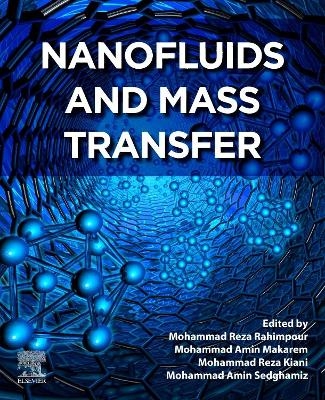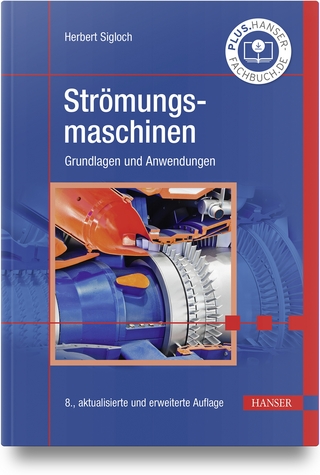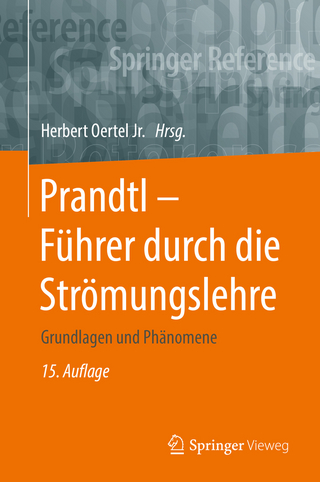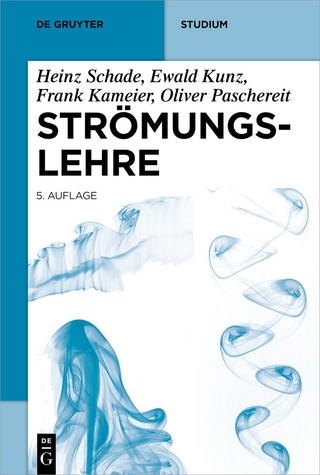
Nanofluids and Mass Transfer
Elsevier Science Publishing Co Inc (Verlag)
978-0-12-823996-4 (ISBN)
Prof. Mohammad Reza Rahimpour is a professor in Chemical Engineering at Shiraz University, Iran. He received his Ph.D. in Chemical Engineering from Shiraz University joint with University of Sydney, Australia 1988. He started his independent career as Assistant Professor in September 1998 at Shiraz University. Prof. M.R. Rahimpour, was a Research Associate at University of California, Davis from 2012 till 2017. During his stay in University of California, he developed different reaction networks and catalytic processes such as thermal and plasma reactors for upgrading of lignin bio-oil to biofuel with collaboration of UCDAVIS. He has been a Chair of Department of Chemical Engineering at Shiraz University from 2005 till 2009 and from 2015 till 2020. Prof. M.R. Rahimpour leads a research group in fuel processing technology focused on the catalytic conversion of fossil fuels such as natural gas, and renewable fuels such as bio-oils derived from lignin to valuable energy sources. He provides young distinguished scholars with perfect educational opportunities in both experimental methods and theoretical tools in developing countries to investigate in-depth research in the various field of chemical engineering including carbon capture, chemical looping, membrane separation, storage and utilization technologies, novel technologies for natural gas conversion and improving the energy efficiency in the production and use of natural gas industries. Dr. Mohammad Amin Makarem is a research associate at Taylor's University, Malaysia. He former worked at Shiraz University. His research interests are gas separation and purification, nanofluids, microfluidics, catalyst synthesis, reactor design and green energy. In gas separation, his focus is on experimental and theoretical investigation and optimization of pressure swing adsorption process, and in the gas purification field, he is working on novel technologies such as microchannels. Recently, he has investigated methods of synthesizing bio-template nanomaterials and catalysts. Besides, he has collaborated in writing and editing various books and book-chapters for famous publishers such as Elsevier, Springer and Wiley, as well as guest editing journals special issues. Mohammad Reza Kiani is a research associate at the University of Tehran. He started his research with writing a book chapter about aquatic water and water treatment. He is working on CO2 absorption in micro channels and specifications of microfluidic and nanofluidic systems. His research interests are modelling and experimental investigations about novel methods of CO2 capture. Besides, he has collaborated with other researchers in Shiraz University in writing new book chapters and books from Elsevier. Dr. Mohammad Amin Sedghamiz is a research associate at Shiraz University since 2018. He started his Ph.D. at Shiraz University, in 2012, with a focus on environmental aspects of energy production from the waste materials. During the Ph.D. level, he has emphasized novel solvents in Chemical Engineering applications, e.g., he investigated the application and efficiency of Ionic Liquids to absorb acid gases at different conditions. During this project, the first idea for utilizing the next generation of the Ionic liquids, i.e., Deep Eutectic Solvents (DES), erupted in his mind and has continued this idea, thermodynamic research group. Besides the research mentioned earlier, Dr. Sedghamiz was also a research associate in four different industrial and academic research projects collaborating with industrial professions and academic teams, e.g., south pars gas company, national Iranian oil company, etc.
Section 1: Mass transfer basics of nanofluids 1. Introduction to nanofluids, challenges and opportunities 2. Synthesis, preparation and characterization of nanofluids 3. Thermodynamic properties of nanofluids 4. Mass transfer mechanisms in nanofluids 5. Effect of nanofluids in solubility enhancement 6. Binary nanofluids and mass transfer mechanism 7. Magnetic nanofluids and mass transfer mechanism 8. Conjugate heat and mass transfer in nanofluids 9. Bio-nanofluids and mass transfer characteristics
Section 2: Mass transfer modelling and simulation of nanofluids 10. Mass transfer modelling in nanofluids: Theoretical basics and model development 11. Mass transfer modelling in nanofluids: Numerical approaches and challenges 12. Modelling and prediction of mass transfer coefficient in nanofluids 13. CFD simulation of nanofluids flow dynamics including mass transfer
Section 3: Applications of nanofluids as mass transfer enhancers 14. Mass transfer enhancement in liquid-liquid extraction process by nanofluids 15. Increasing mass transfer in absorption and regeneration processes via nanofluids 16. Mass transfer enhancement by nanofluids in membrane systems 17. Mass transfer improvement in hydrate formation processes by nanofluids 18. Mass transfer enhancement in solar stills by nanofluids 19. Application of nanofluids in drug delivery and disease treatment 20. Industrialization of nanofluidic based processes: economic aspects and environmental challenges
| Erscheinungsdatum | 02.09.2021 |
|---|---|
| Sprache | englisch |
| Maße | 191 x 235 mm |
| Gewicht | 1040 g |
| Themenwelt | Naturwissenschaften ► Physik / Astronomie ► Strömungsmechanik |
| Technik ► Maschinenbau | |
| ISBN-10 | 0-12-823996-4 / 0128239964 |
| ISBN-13 | 978-0-12-823996-4 / 9780128239964 |
| Zustand | Neuware |
| Informationen gemäß Produktsicherheitsverordnung (GPSR) | |
| Haben Sie eine Frage zum Produkt? |
aus dem Bereich


